Anton Zeilinger
Computer-inspired Quantum Experiments
Feb 23, 2020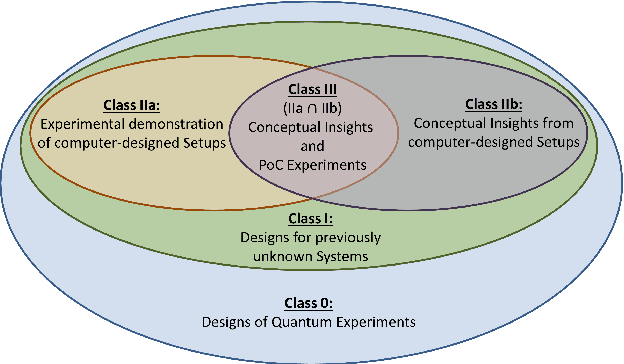
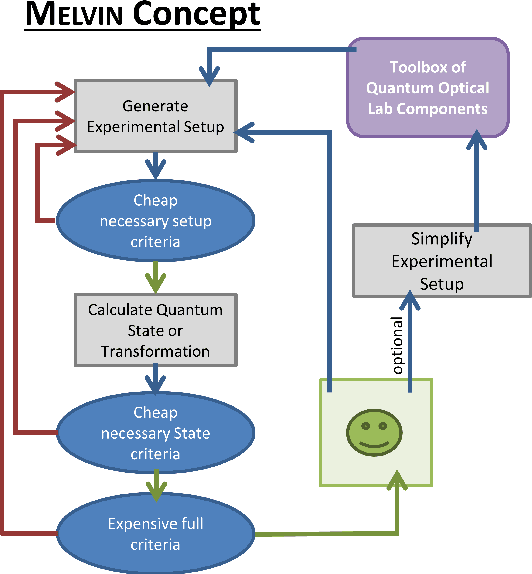
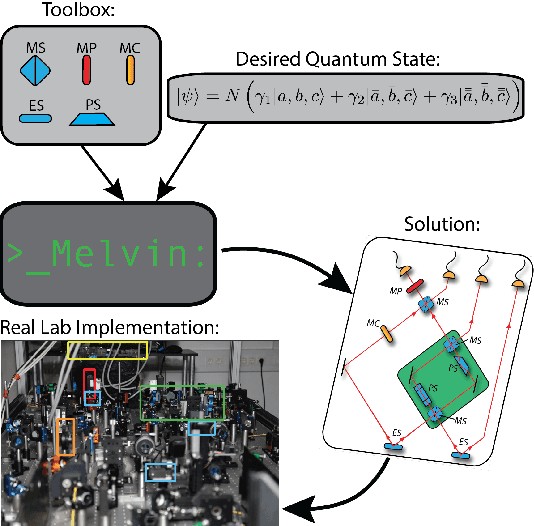
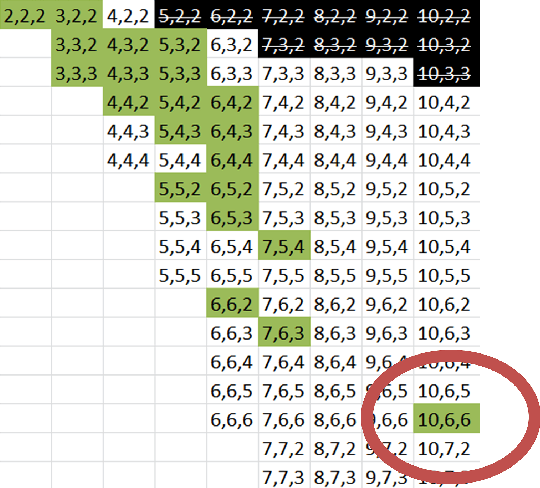
Abstract:The design of new devices and experiments in science and engineering has historically relied on the intuitions of human experts. This credo, however, has changed. In many disciplines, computer-inspired design processes, also known as inverse-design, have augmented the capability of scientists. Here we visit different fields of physics in which computer-inspired designs are applied. We will meet vastly diverse computational approaches based on topological optimization, evolutionary strategies, deep learning, reinforcement learning or automated reasoning. Then we draw our attention specifically on quantum physics. In the quest for designing new quantum experiments, we face two challenges: First, quantum phenomena are unintuitive. Second, the number of possible configurations of quantum experiments explodes combinatorially. To overcome these challenges, physicists began to use algorithms for computer-designed quantum experiments. We focus on the most mature and \textit{practical} approaches that scientists used to find new complex quantum experiments, which experimentalists subsequently have realized in the laboratories. The underlying idea is a highly-efficient topological search, which allows for scientific interpretability. In that way, some of the computer-designs have led to the discovery of new scientific concepts and ideas -- demonstrating how computer algorithm can genuinely contribute to science by providing unexpected inspirations. We discuss several extensions and alternatives based on optimization and machine learning techniques, with the potential of accelerating the discovery of practical computer-inspired experiments or concepts in the future. Finally, we discuss what we can learn from the different approaches in the fields of physics, and raise several fascinating possibilities for future research.
Predicting Research Trends with Semantic and Neural Networks with an application in Quantum Physics
Jun 17, 2019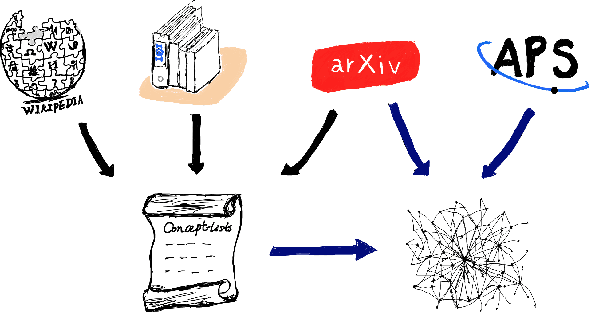
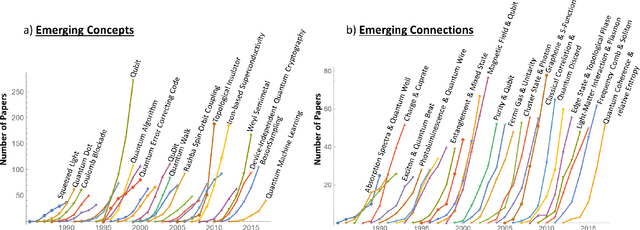

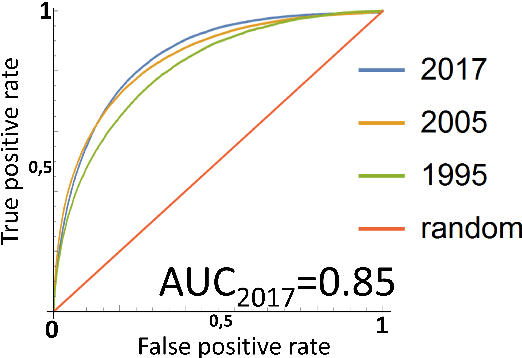
Abstract:The vast and growing number of publications in all disciplines of science cannot be comprehended by a single human researcher. As a consequence, researchers have to specialize in narrow sub-disciplines, which makes it challenging to uncover scientific connections beyond the own field of research. Thus access to structured knowledge from a large corpus of publications could help pushing the frontiers of science. Here we demonstrate a method to build a semantic network from published scientific literature, which we call SemNet. We use SemNet to predict future trends in research and to inspire new, personalized and surprising seeds of ideas in science. We apply it in the discipline of quantum physics, which has seen an unprecedented growth of activity in recent years. In SemNet, scientific knowledge is represented as an evolving network using the content of 750,000 scientific papers published since 1919. The nodes of the network correspond to physical concepts, and links between two nodes are drawn when two physical concepts are concurrently studied in research articles. We identify influential and prize-winning research topics from the past inside SemNet thus confirm that it stores useful semantic knowledge. We train a deep neural network using states of SemNet of the past, to predict future developments in quantum physics research, and confirm high quality predictions using historic data. With the neural network and theoretical network tools we are able to suggest new, personalized, out-of-the-box ideas, by identifying pairs of concepts which have unique and extremal semantic network properties. Finally, we consider possible future developments and implications of our findings.
Active learning machine learns to create new quantum experiments
Feb 08, 2018


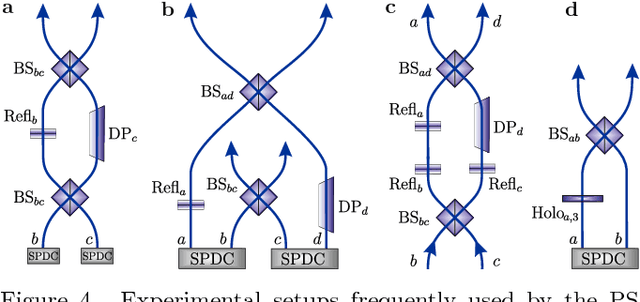
Abstract:How useful can machine learning be in a quantum laboratory? Here we raise the question of the potential of intelligent machines in the context of scientific research. A major motivation for the present work is the unknown reachability of various entanglement classes in quantum experiments. We investigate this question by using the projective simulation model, a physics-oriented approach to artificial intelligence. In our approach, the projective simulation system is challenged to design complex photonic quantum experiments that produce high-dimensional entangled multiphoton states, which are of high interest in modern quantum experiments. The artificial intelligence system learns to create a variety of entangled states, and improves the efficiency of their realization. In the process, the system autonomously (re)discovers experimental techniques which are only now becoming standard in modern quantum optical experiments - a trait which was not explicitly demanded from the system but emerged through the process of learning. Such features highlight the possibility that machines could have a significantly more creative role in future research.
* 11 pages, 6 figures, 1 table; A. A. Melnikov and H. Poulsen Nautrup contributed equally to this work
 Add to Chrome
Add to Chrome Add to Firefox
Add to Firefox Add to Edge
Add to Edge